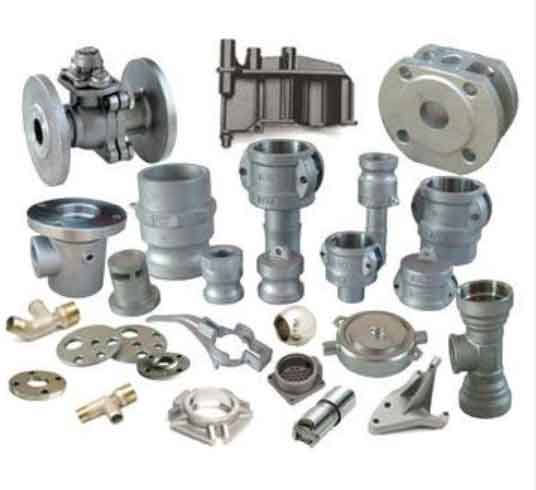Advancements in sand casting technology are continuously enhancing the performance of sand-cast parts, making them more reliable, precise, and suitable for a wide range of applications. Some key advancements include:

- Digital Design and Simulation: The use of advanced computer-aided design (CAD) and simulation software allows engineers to create intricate and optimized designs for sand-cast parts. Simulation tools can predict potential defects, optimize gating and risering systems, and simulate the entire casting process before actual production, leading to higher-quality parts and reduced development time.
- Additive Manufacturing Integration: Combining additive manufacturing techniques with sand casting allows for the creation of complex patterns and cores with high accuracy. 3D-printed patterns and cores enable the production of intricate shapes and internal features that were previously difficult to achieve with traditional pattern-making methods.
- Advanced Materials and Alloys: Innovations in metallurgy have introduced new materials and alloys with improved mechanical properties, corrosion resistance, and temperature resistance. These advanced materials expand the possibilities for sand casting parts in demanding applications.
- Precision Molding: Modern molding techniques and technologies, such as precision sand molding and automated molding systems, improve the dimensional accuracy and surface finish of sand-cast parts. This results in parts with tighter tolerances and reduced post-casting machining requirements.
- Optimized Gating and Venting Systems: Computational fluid dynamics (CFD) analysis is used to design optimized gating and venting systems in sand casting molds. This ensures a smooth and efficient flow of molten metal, reducing the risk of defects and improving casting quality.
- Innovative Casting Methods: Advancements in casting methods, such as vacuum-assisted and pressure-assisted sand casting, help minimize gas porosity and improve overall casting integrity.
- Inspection and Non-Destructive Testing (NDT): Advanced inspection and NDT techniques, such as X-ray radiography, ultrasonic testing, and 3D scanning, allow for thorough quality control and detection of internal defects in sand-cast parts.
- Sustainability and Environmental Considerations: Manufacturers are adopting eco-friendly practices in sand casting, including the use of recyclable sand, reducing waste, and optimizing energy consumption during the casting process.
- Continuous Improvement and Process Control: Implementation of lean manufacturing principles and real-time process monitoring contribute to the continuous improvement of sand casting processes, resulting in better overall performance and consistency of sand-cast parts.
- Smart Manufacturing and Industry 4.0 Integration: The integration of smart manufacturing technologies and Industry 4.0 concepts allows for real-time data collection, analysis, and process optimization, leading to more efficient and productive sand casting operations.
These advancements in sand casting technology have expanded the capabilities of sand-cast parts, making them highly competitive with other manufacturing methods in terms of performance, quality, and cost-effectiveness. As a result, sand casting remains a preferred choice for a wide range of industries, including automotive, aerospace, heavy machinery, and more.
